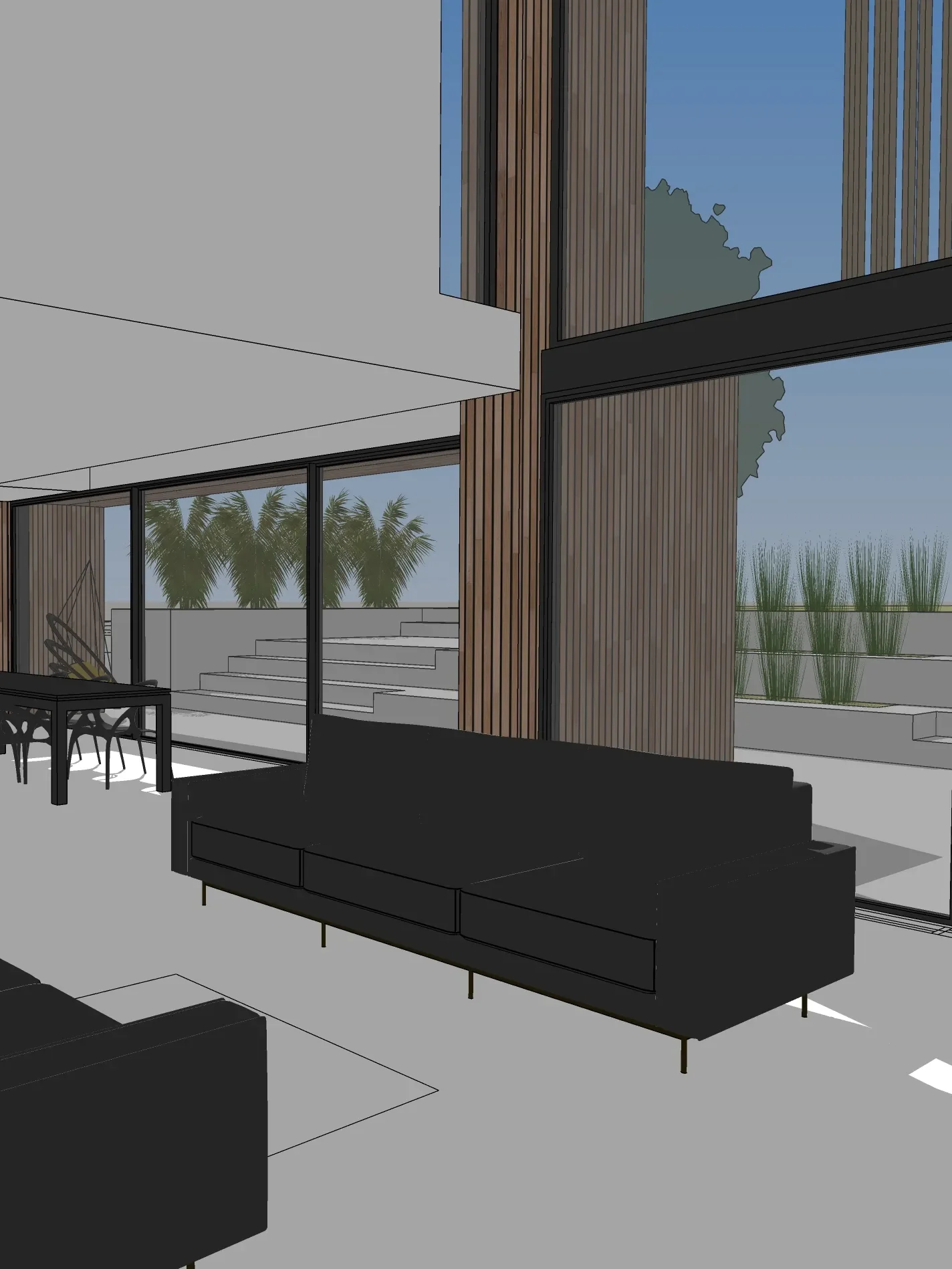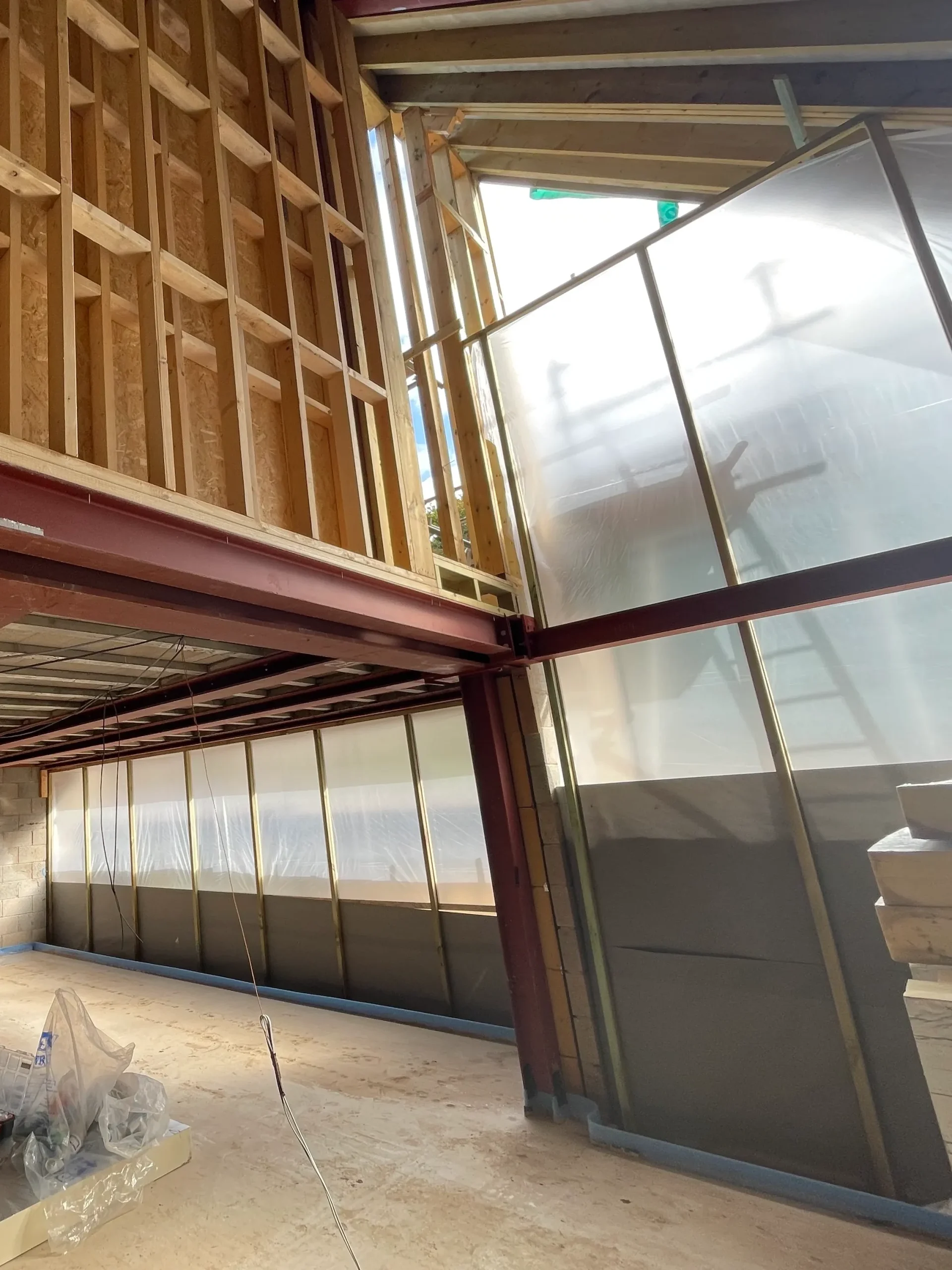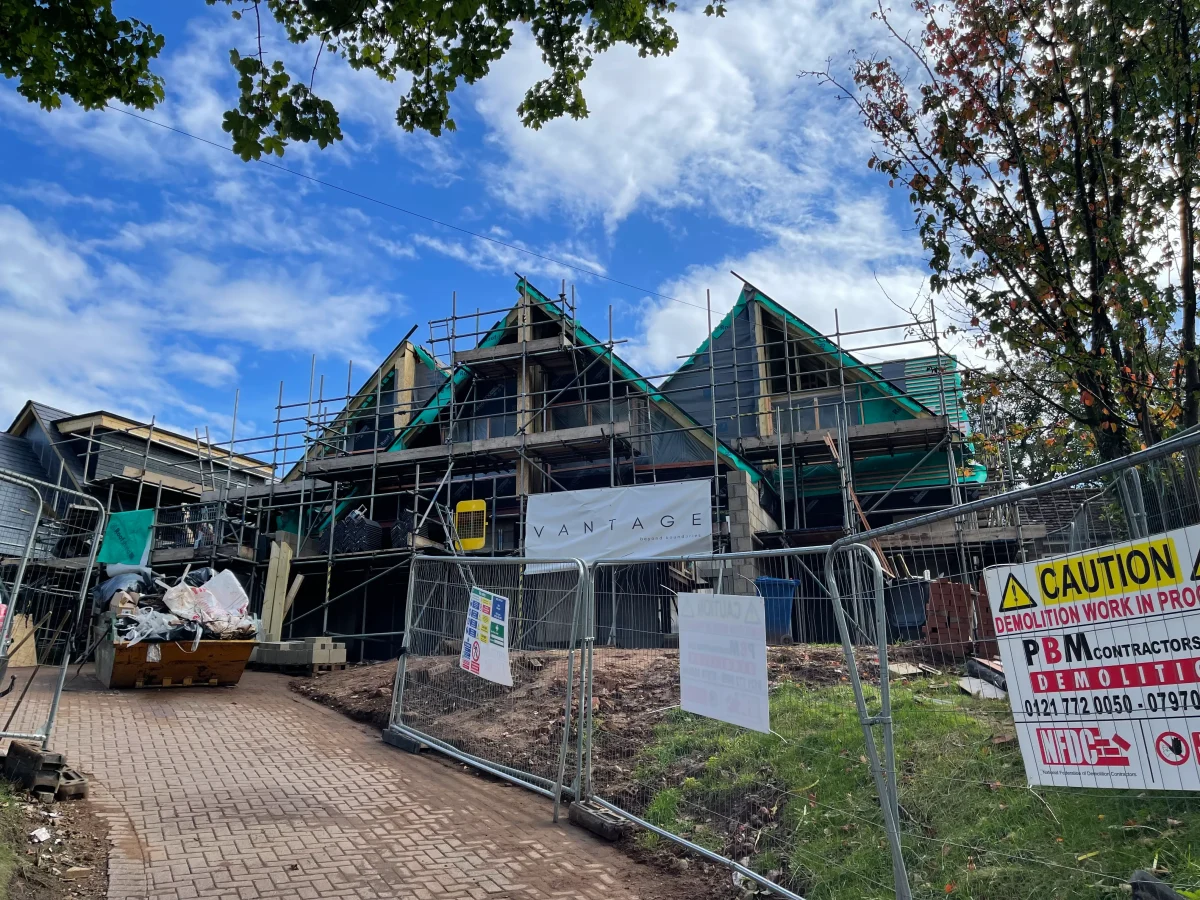Once the design for your extension or new build project has been finalised, secured planning approval, and the technical design prepared, the typical procedure involves builders submitting tenders and declaring a fixed cost for delivering the project. This conventional approach offers clients relative cost certainty, allowing them to budget effectively and understand their financial commitments upfront.
Prime Cost Plus.
However, our Church Road project showcases an alternative method known as Prime Cost Plus. In this scenario, the contractor—Vantage & Co in our case—conducts a thorough cost analysis to establish a cost framework for the construction. Unlike traditional procurement, this framework isn’t locked in with the client until the various construction packages, such as glazing, plumbing, and electrical work, are tendered out to subcontractors. While this introduces a degree of risk for the client due to the absence of a guaranteed fixed cost, the upside is the potential for more cost-effective procurement.
One of the main advantages of the Prime Cost Plus approach is that the primary contractor does not apply a percentage markup on the costs of the build packages. Instead, they charge a fixed management fee based on their overall build program. This management fee is typically lower than the percentage uplift that would be seen in traditional procurement methods. By assuming less risk, the contractor is able to offer a more attractive financial arrangement. Furthermore, because the subcontractor costs are presented transparently, there is a strong incentive for the contractor to keep these costs as low as possible. Unlike a traditional model where a contractor may benefit from higher subcontractor costs due to percentage markups, the Prime Cost Plus framework aligns the contractor’s interests with those of the client, ensuring a focus on efficiency and cost-effectiveness.

Prerequisite for a Successful Implementation.
For the Prime Cost Plus procurement route to be successful, it is crucial to establish a well-structured cost framework from the main contractor. This framework must be clear, detailed, and realistic to avoid any potential pitfalls during the construction process. Moreover, the project requires a skilled, experienced, and trustworthy team that can manage the complexities involved in this type of procurement. Where costs are higher than predicted for any of the packages, cost savings can be considered to bring the budget back on track. Our clients have consistently noted that our team, spearheaded on site by Vantage & Co, has successfully achieved this in our Church Road project, which has been a key factor in its progress and overall success.
The transparency and collaboration fostered by the Prime Cost Plus approach also promotes a positive working relationship between all parties involved. Clients appreciate being part of the process and gaining insight into where their money is going. This engagement not only builds trust but also encourages open dialogue, allowing for adjustments and improvements as the project evolves. In turn, this can lead to enhanced satisfaction, as clients feel more in control of their investment.
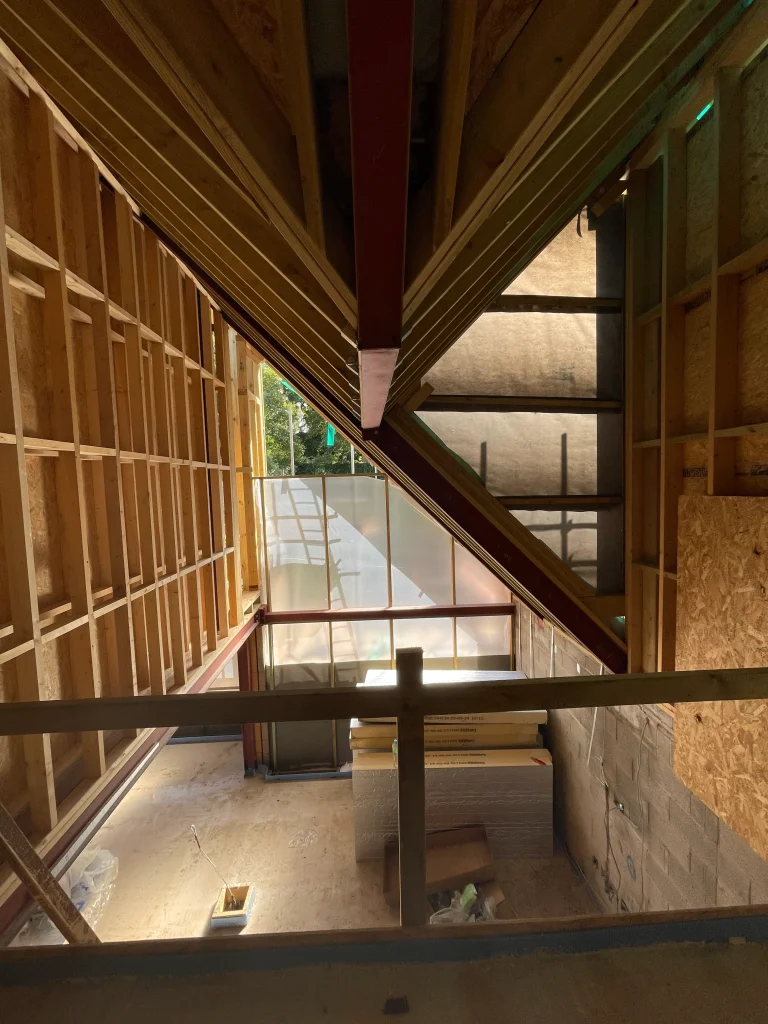
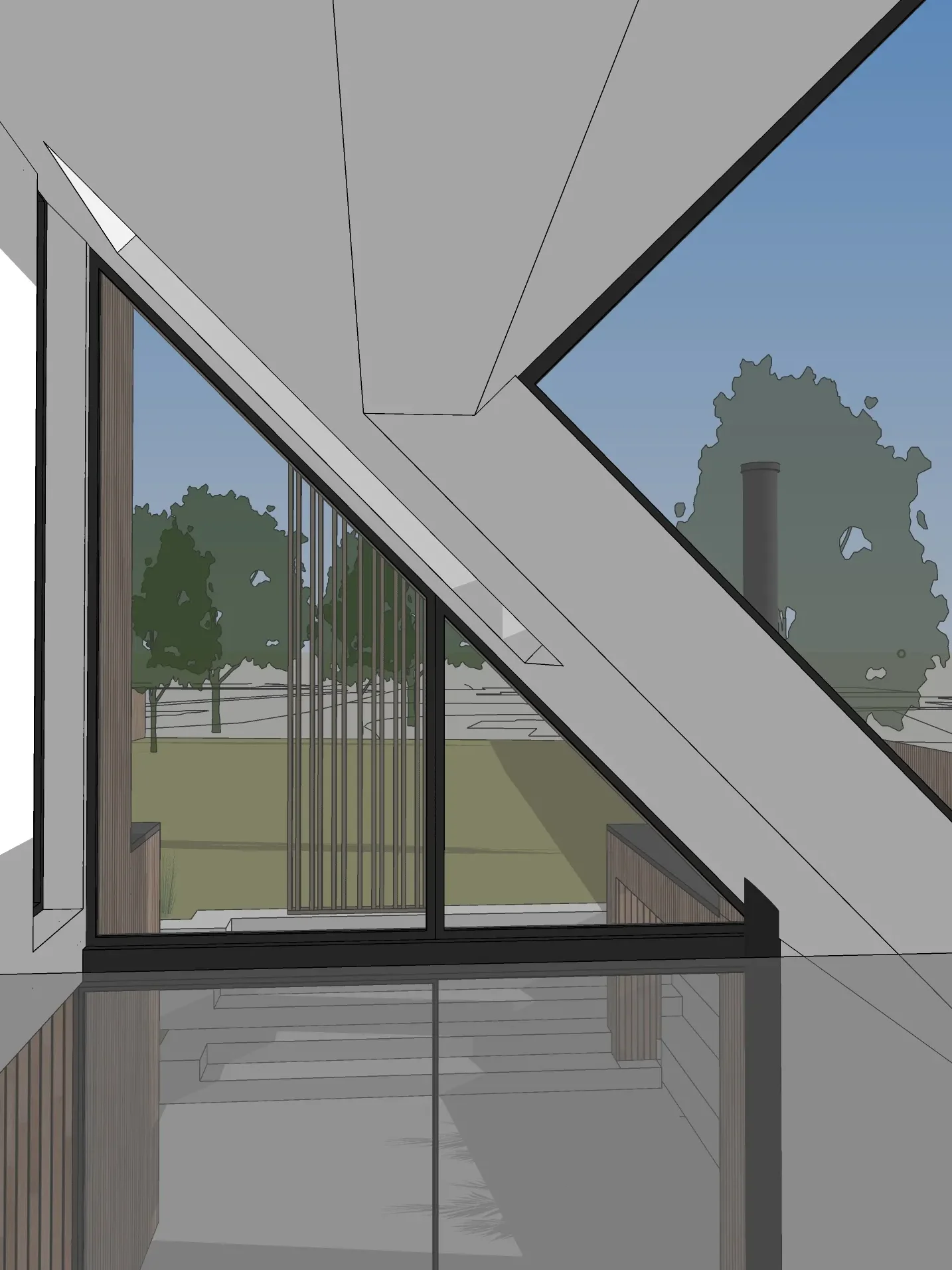
Summary.
Ultimately, while the Prime Cost Plus method does carry more risk for the client, the benefits of potential cost savings, increased transparency, and a collaborative working relationship can make it an attractive option. Our experience with the Church Road project has shown that when executed correctly, this procurement route can yield exceptional results, balancing both cost efficiency and quality in the construction process.
